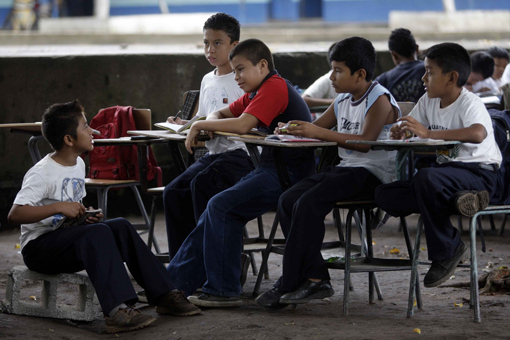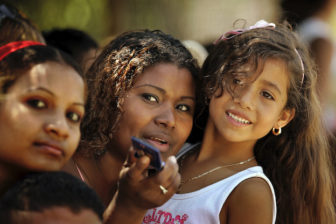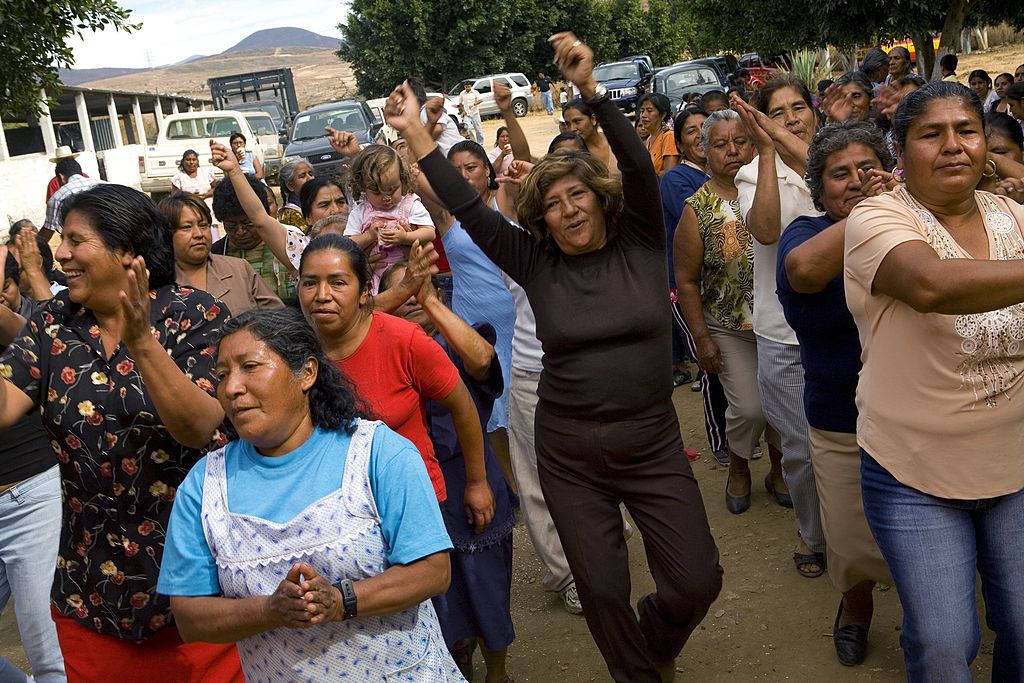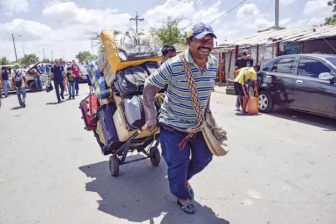One year ago, Americas Quarterly’s 2013 Social Inclusion Index gave Guatemala the lowest total score of all countries evaluated, with a total of 14.8 points out of a possible 100. The index ranked 16 countries, including the United States and 15 countries from Latin America. The comments in the evaluation for Guatemala indicated that “Poverty and inequality are stark across all indicators, and unfortunately, it spends the least on social programs in the region. Staggeringly few Guatemalans have access to a formal job, and the country trails far behind on women’s rights.”
This evaluation was analyzed very seriously by the Guatemalan Development Foundation (Fundación para el Desarrollo de Guatemala—FUNDESA) and Guatemala’s Committee of Agricultural, Commercial, Industrial and Financial Associations (CACIF), and has been a central point of departure for important steps to improve social inclusion.
Through an initiative called Mejoremos Guate (Let’s Make Guatemala Better) the private sector is supporting an economic and social agenda through open and inclusive dialogue based on public policy advocacy. This dialogue constitutes an effort to achieve consensus on a national plan—working with civil society leaders, Indigenous authorities and the government to build a more prosperous, solidary, safe, and just nation.
In the last year, Mejoremos Guate has focused on improving two of the most negative issues that limit Guatemala’s development: chronic malnutrition and the quality of education.
Guatemala’s social indicators show deficiencies in basic primary healthcare, and especially chronic malnutrition—which affects 49.8 percent of children aged 3 to 59 months of age, according to a 2012 study by the Inter-American Development Bank. This is the highest rate in the Americas, and the fifth-highest in the whole world.
Civil society leaders and the private sector are leading efforts to reduce that rate in a coordinated effort by supporting the government’s Zero Hunger Pact—an effort to reduce chronic malnutrition, infant mortality, and promote food security in 166 priority municipalities, including through the 1,000-day window of opportunity plan to provide nutrition and health care from the start of a woman’s pregnancy until her child’s 2nd birthday, and coordinating efforts through the Alliance for Nutrition. Four key drivers of this effort include: actions directly focused on public policy; communication; food fortification and enrichment; and initiatives to promote maternal and child nutrition, access to nutritious food, and methods to curb loss or waste of food.
In regards to education, the Mejoremos Guate initiative’s focus has been to increase the number of years that kids go to school. On average, Guatemalan children only attend school for 4.1 years, according to the UNDP. Central to these efforts is a reform of the Ministry of Education to improve the quality of the education system, since only about 8 percent of graduates are passing standardized math tests and only about 26 percent are passing the reading tests, according to the Ministry .
Mejoremos Guate’s actions include monitoring education in rural areas through technology, such as applications for smartphones and tablets, to ensure that teachers are showing up for work and teaching at least 180 days per year. Mejoremos Guate is also introducing new models to improve how children read, along with providing special training for teachers, knowledge-based applications through smart phones and tablets, more computers and Internet-based programs in schools, and keeping standardized tests scores public so that more parents can be involved in their children’s education.
To support this agenda, the Intercultural Commission—a group of Indigenous leaders and private sector representatives—has promoted an increase in social investment. Ancestral Mayan Mayors from Sololá, Chichicastenango, Palín and Totonicapán are all involved in a direct dialogue with the business community and support actions to work together to increase social inclusiveness. As a direct result of these dialogues, Sololá has been able to receive more public spending in human development—especially in health and nutrition—and community members had the opportunity to participate for the first time in the The United Nations Permanent Forum on Indigenous Issues (UNPFII).
The main challenge that Guatemala faces in the near future is how all these actions can transcend a change in political administrations once a new president takes office in January 2016. The tradition has been that every time a new government comes in, most of the public policies change—and that is one of the main reasons why Guatemala does not advance the way other countries do.
This political dialogue on social issues facing the country was one of the reasons why the Guatemalan Congress signed the First National Human Development Agreement last year, which pledges to combat chronic malnutrition and promote quality education and vocational training for young people.
Guatemala still has many social issues to solve, and the AQ Social Inclusion Index is a reminder of important topics that are still pending—especially how to improve women’s rights. Even though informal employment declined 5 percent in the last year, according to the 2013 National Survey on Employment and Income, only about 30 percent of Guatemala’s total active economic population has a formal job.
As migration to the United States and other countries continues, the main goal of institutions like FUNDESA and CACIF is to develop a sustainable strategy to attract more foreign direct investment and increase women’s participation in the economy. That effort is beginning to show results, as Guatemala’s economic growth closed last year at 3.7 percent, foreign direct investment increased by 5 percent , and the country improved 14 positions in the Doing Business Index, according to the World Bank.
Things are beginning to improve in Guatemala; we all just need to keep working together and supporting the different efforts to increase economic growth and social inclusion.







